Jackson Pollock, Joan Miró and the unconscious
Two greats of the art world who influenced an entire generation of artists to an extent that is hard to overestimate: What links these two exceptional...
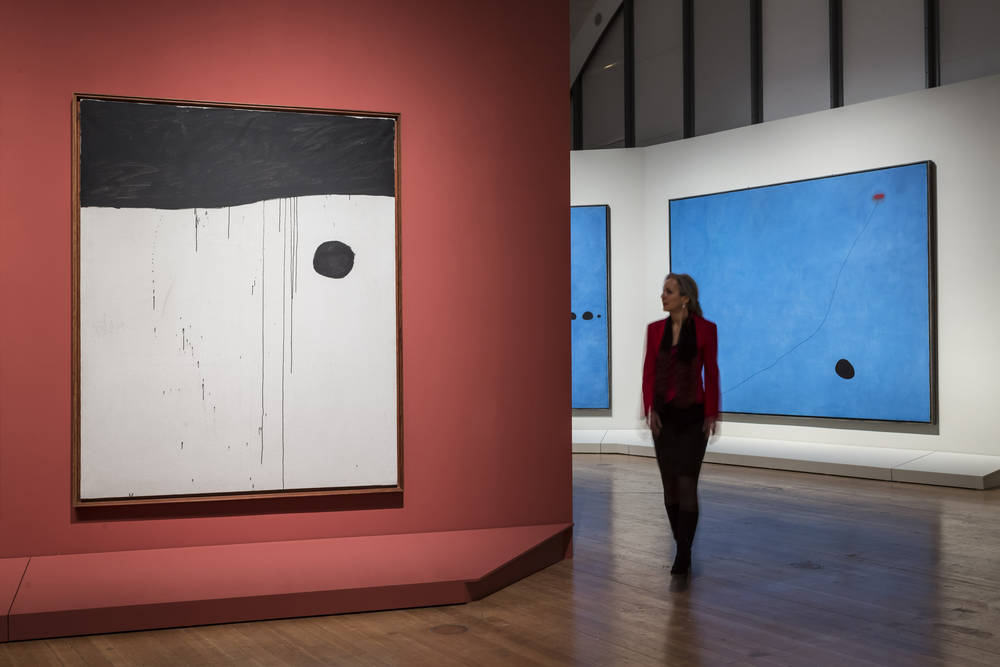
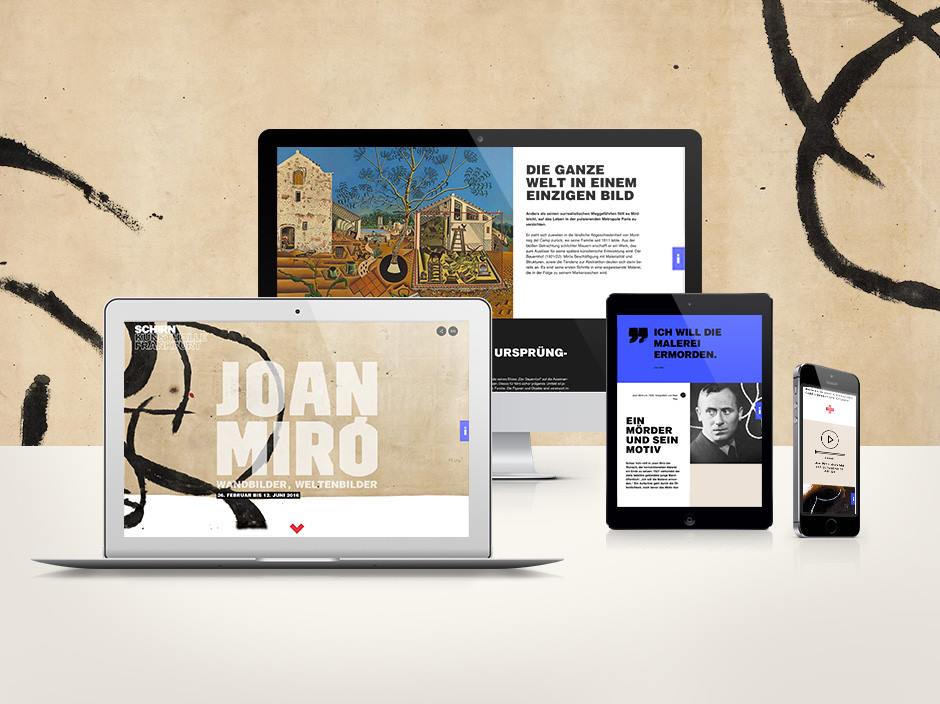
The exhibition is over, but the free digitorial still provides you with background information about the key exhibition aspects. Learn more about one of the greatest artists of the 20th century
For desktop, tablet and mobile
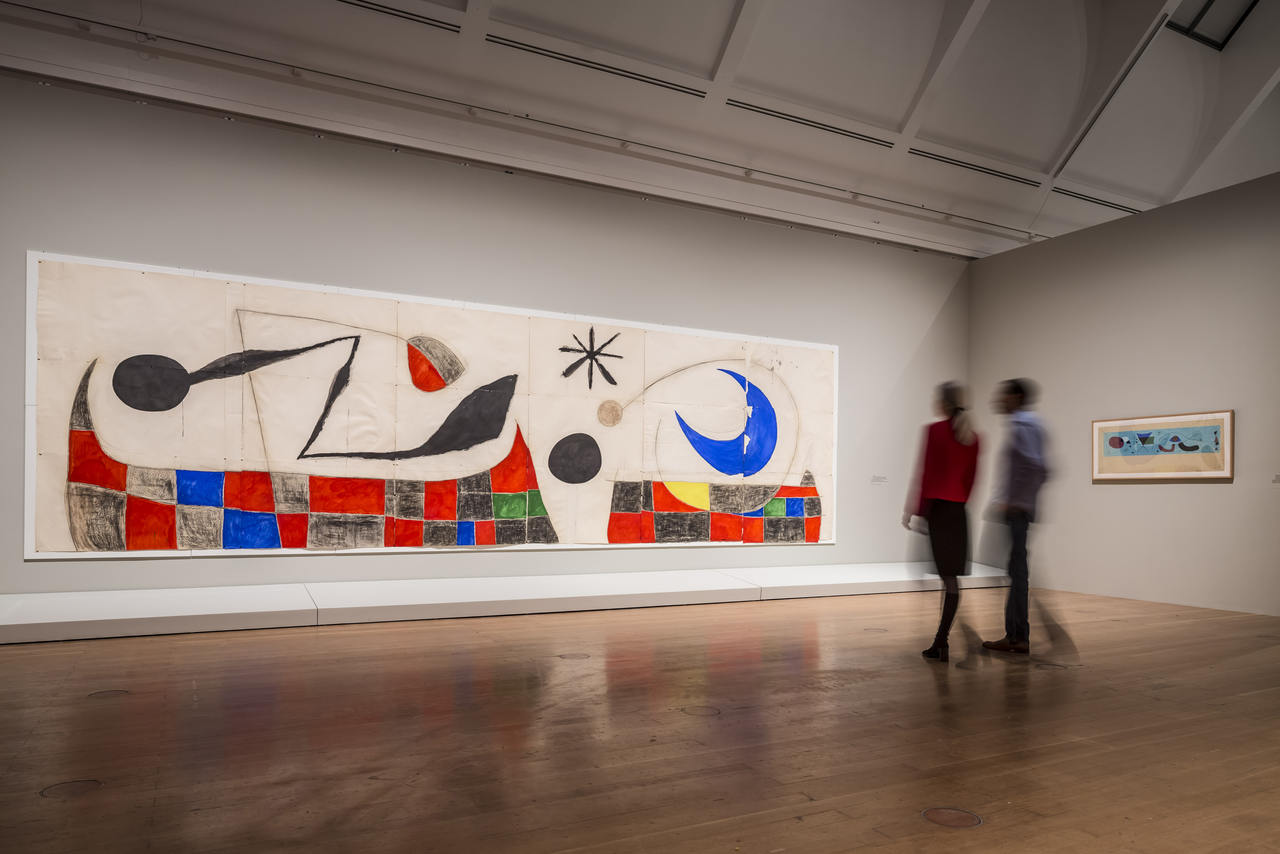
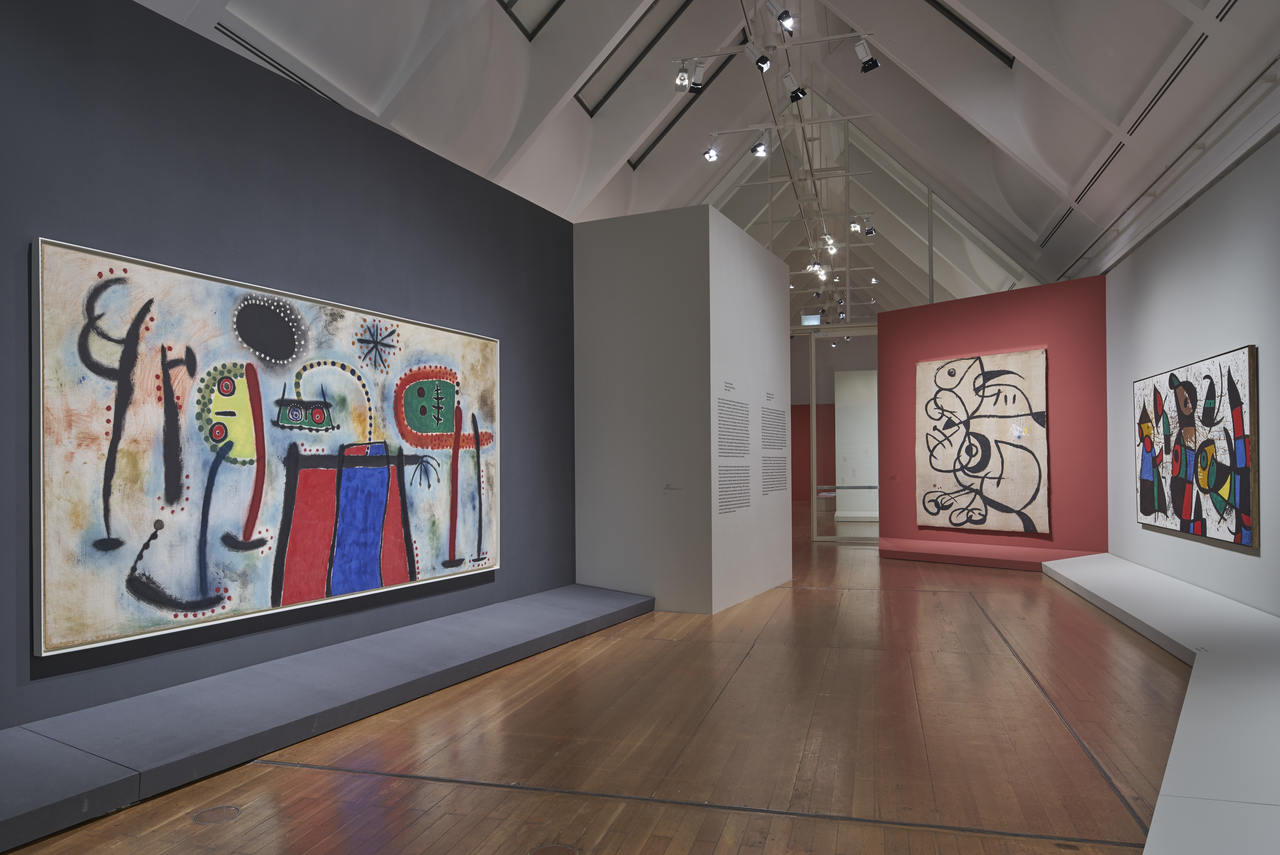
Joan Miró once famously declared that he wanted to assassinate painting. Today he is recognized as one of the greatest artists of the 20th century
Joan Miró once famously declared that he wanted to assassinate painting. Today he is recognized as one of the greatest artists of the 20th century
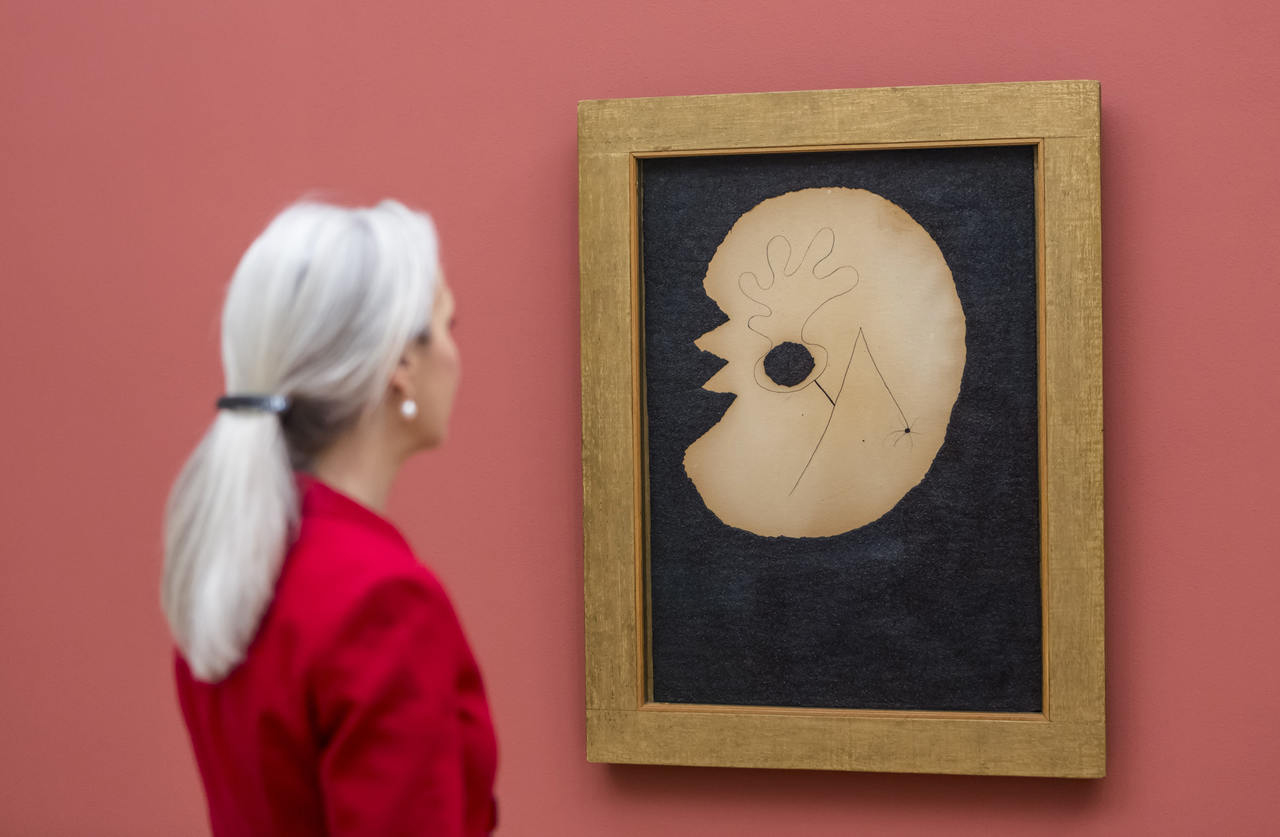
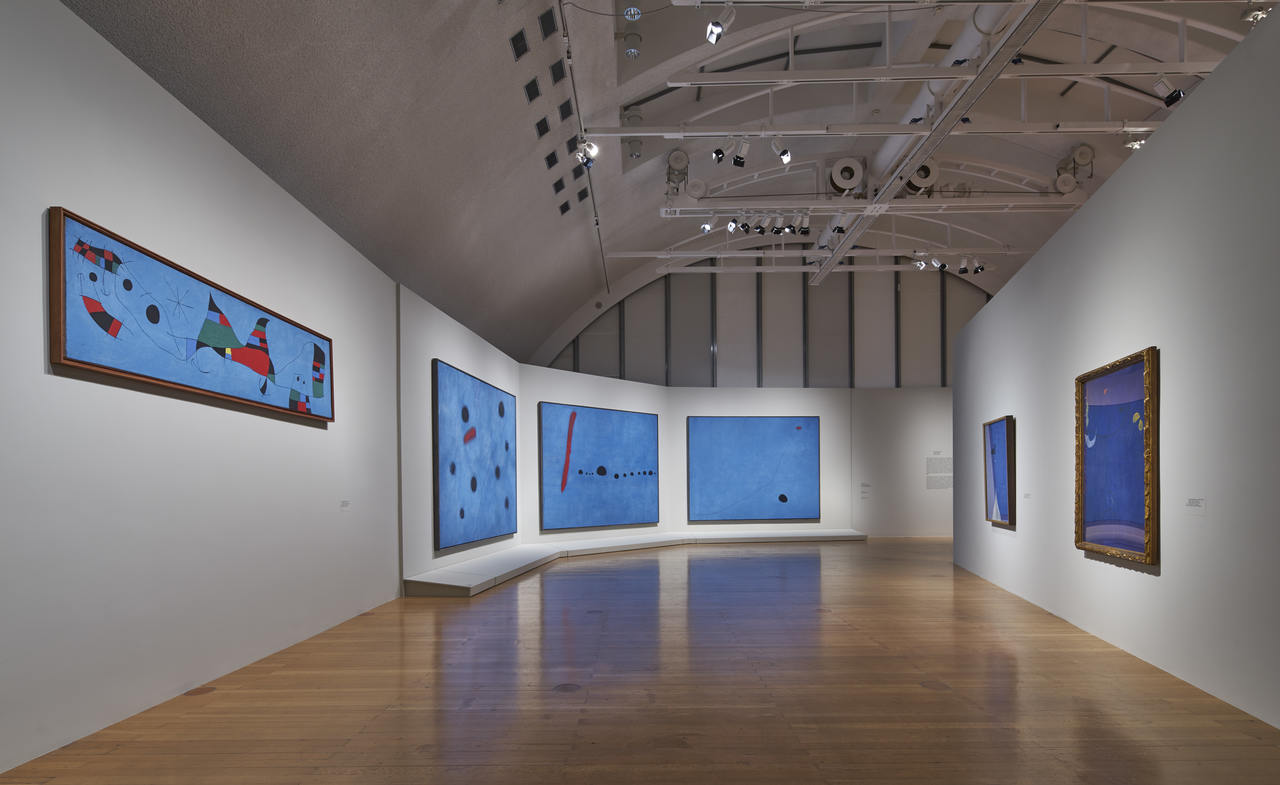
From the wall into the world: the SCHIRN shows the compelling direct and monumental painting of Joan Miró
From the wall into the world: the SCHIRN shows the compelling direct and monumental painting of Joan Miró
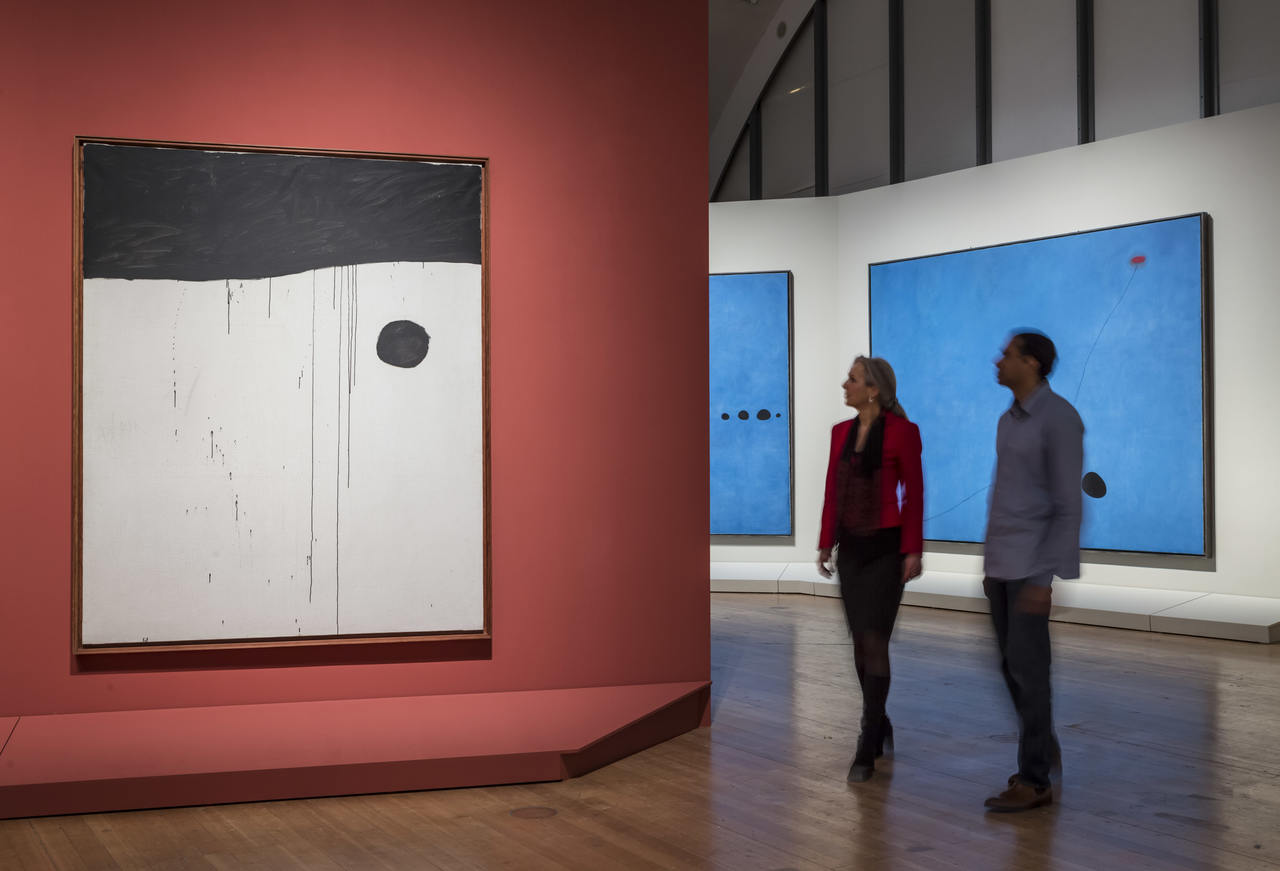
Triptych refers to an artwork consisting of several picture panels which arose as a form in Christian Medieval art. Originally, the panels were connected but since Modernism are also to be found arranged freely in a space.
Joan Miró (1893–1983) once famously declared that he wanted to assassinate painting. Today he is recognized as one of the greatest artists of the 20th century. With a focused solo exhibition, the SCHIRN presents a previously little-discussed aspect of the Catalan artist’s work: Miró's preference for large-scale formats and his fascination with the wall. From early on, the wall was the starting point for his painting – the wall as an object to be depicted, and which at the same time would determine the physical and tactile quality of his painting. Miró distanced himself from the simple reproduction of reality and equated the picture plane with the wall. By using different colored grounds, coarse burlap, Masonite (hardboard), sandpaper and tarpaper, he created unique visual worlds of monumental dimensions and outstanding materiality. The exhibition covers over half a century of Miró’s oeuvre, beginning with his emblematic painting "The Farm" (1921/22), and continuing with his iconic dream paintings of the 1920s, his key work "Painting (The Magic of Color)" from 1930, his works and frieze formats painted on unconventional grounds in the 1940s and 1950s, to the brilliant late works such as the monumental triptych "Blue I–III" (1961) and the extraordinary "Paintings I–III" (1973). With this exhibition, which includes around 50 works of art from prominent museums worldwide, such as the National Gallery of Art, Washington DC, the Solomon R. Guggenheim Museum, New York, the Museo Reina Sofía Madrid and the Centre Pompidou, Paris as well as important private collections, the SCHIRN opens up an entirely new approach to Miró's art.
An exhibition in cooperation with Kunsthaus Zurich.

Six stops in the exhibition await you and your ideas. Discover Joan Miró's great works
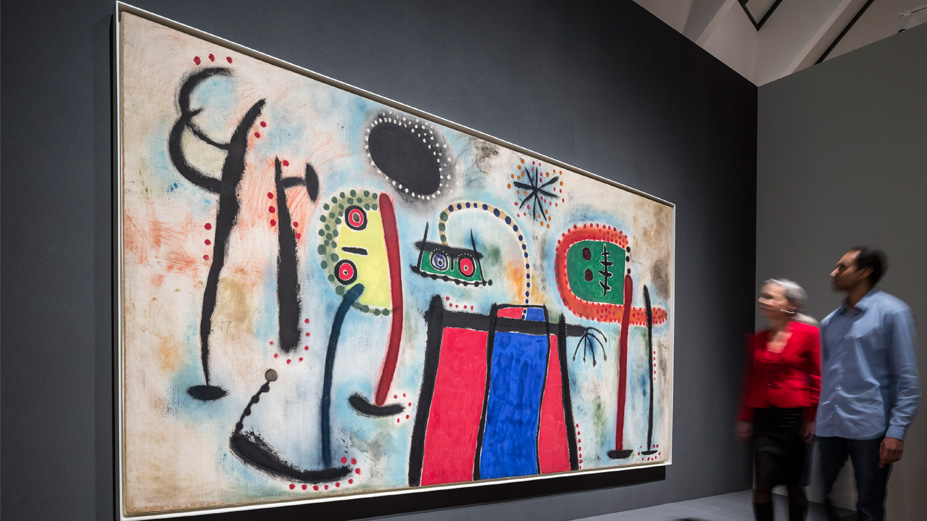
About Joan Miró's preference for large-scale formats and his fascination with the wall.
Tip: In his essay Joan Punyet Miró, the artist's grandson, describes the artistic meaning of the wall in Joan Miró's works and illustrates the special influence of the wall on Miró's painting.
An introduction to the exhibition.

Two greats of the art world who influenced an entire generation of artists to an extent that is hard to overestimate: What links these two exceptional...
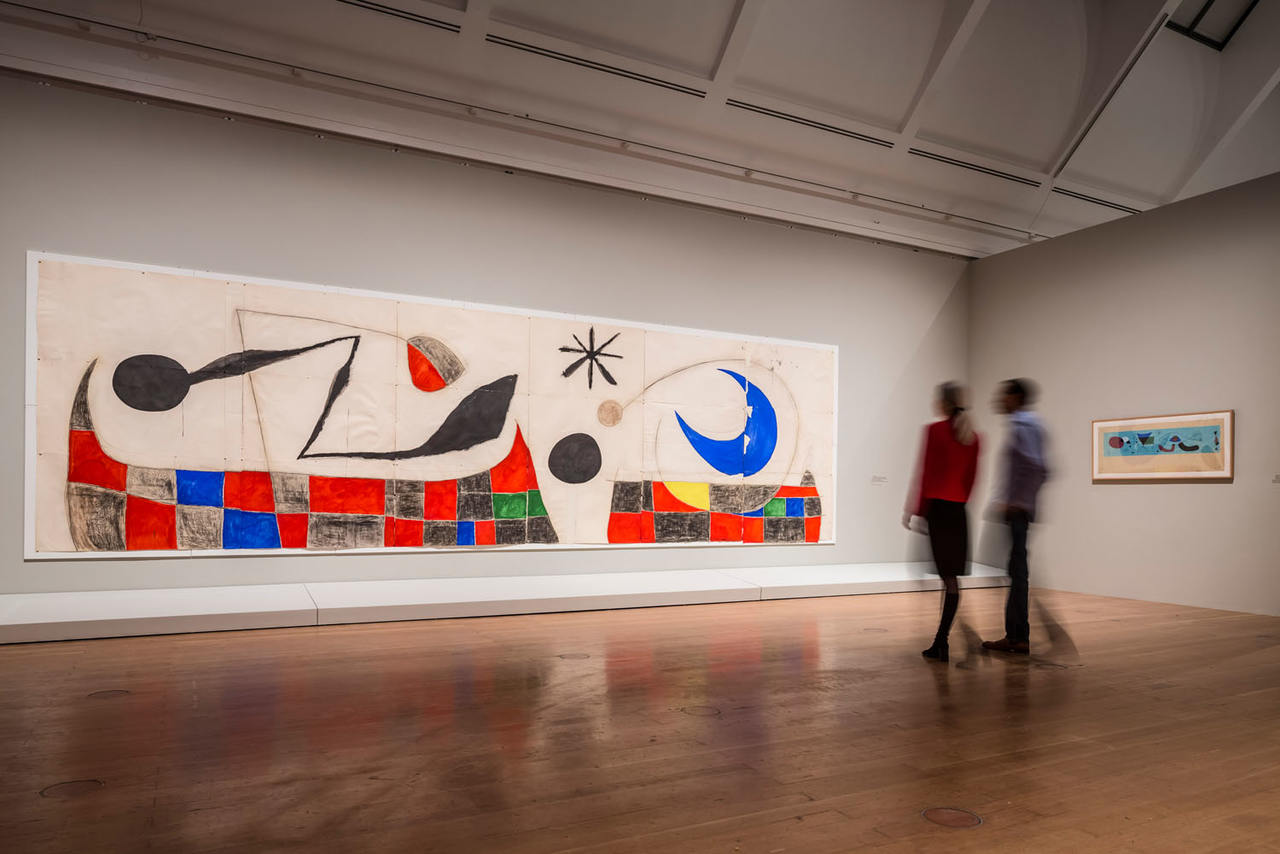
With the help of traditional ceramic techniques, the painter Joan Miró created murals of huge dimensions all over the world. One of the biggest...
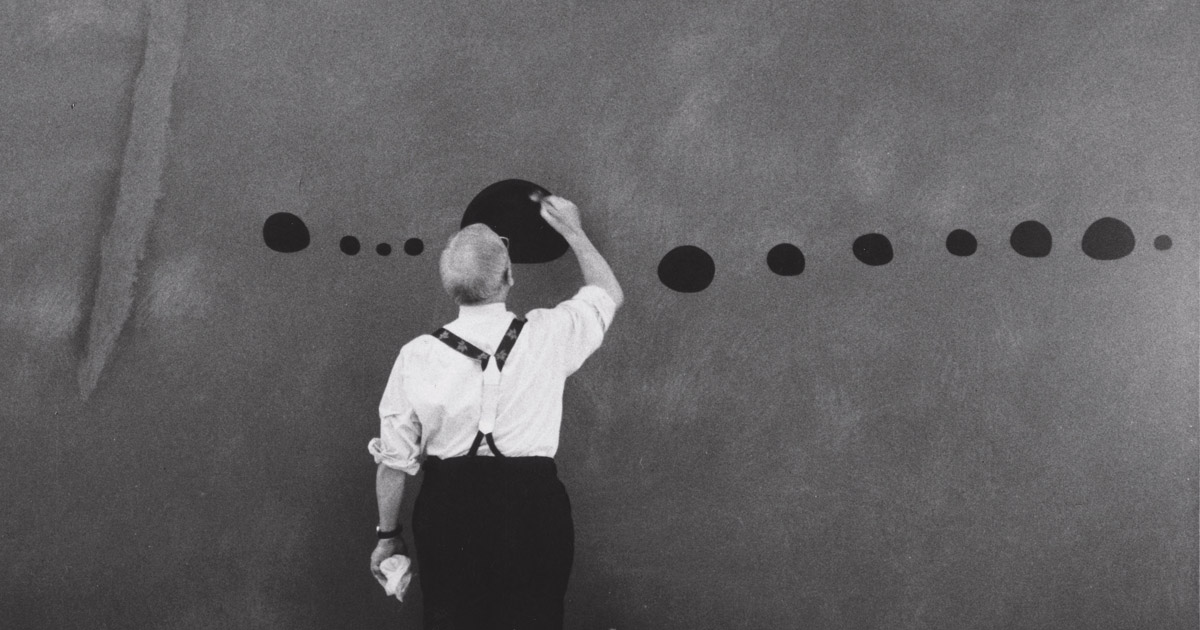
Joan Miró’s younger years were defined by his conservative family home – that is until he broke away and sought freedom, which he ultimately would...
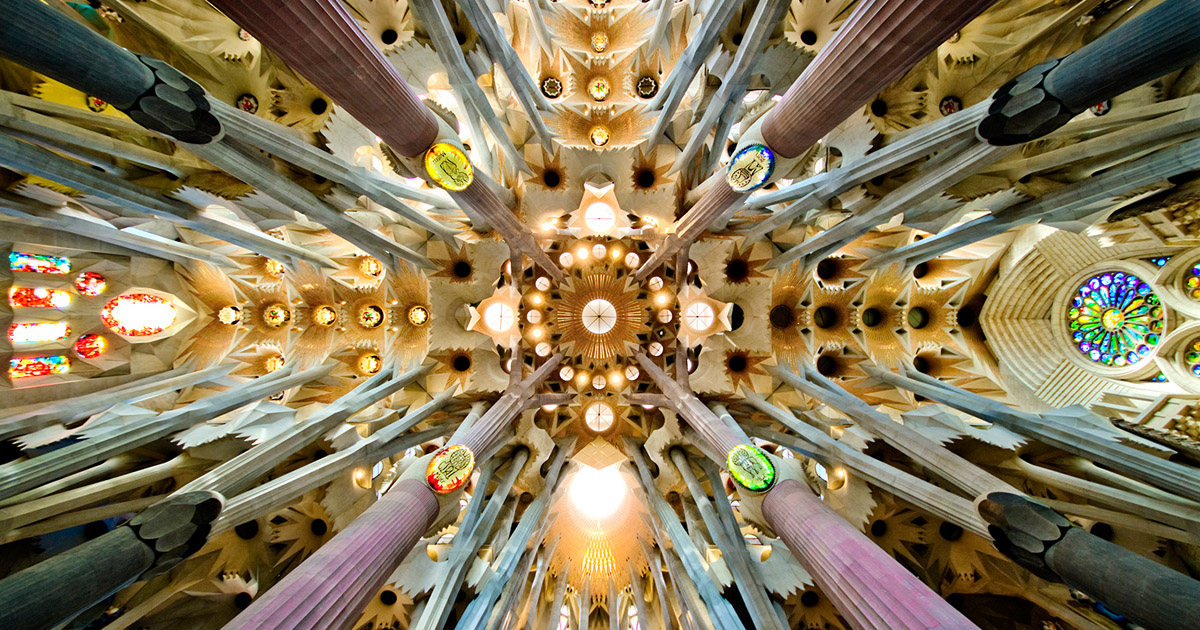
Architecture, painting, literature and Punk: Catalonia in northeastern Spain looks back on a rich cultural heritage and has produced numerous artists,...